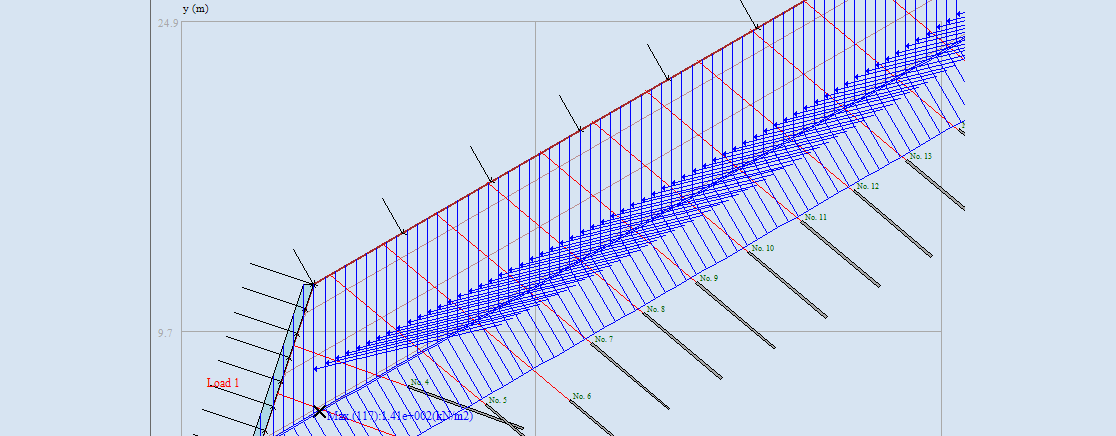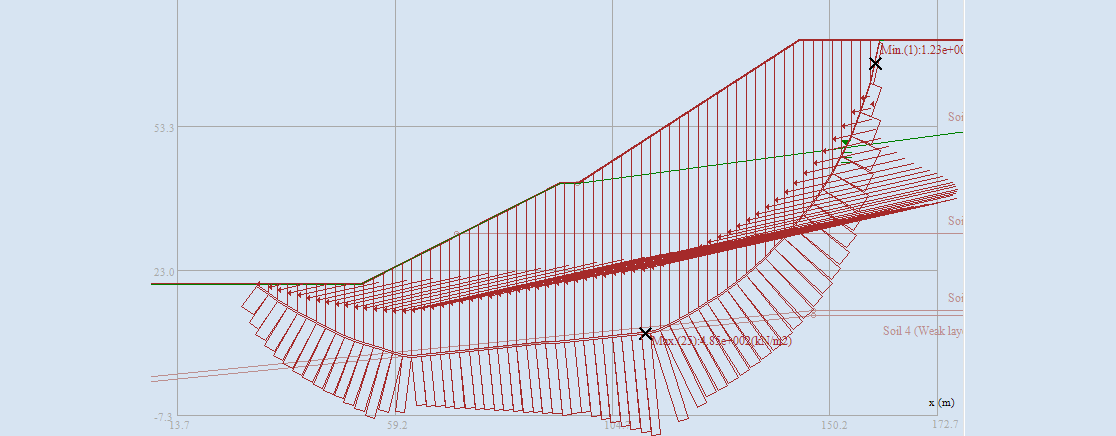921 大地震
Case 2: Failures of engineered slopes in 1999 Chi-Chi Earthquake
The 1999 Chi-Chi earthquake, with a magnitude of 7.3 on the Richter scale (ML = 7.3), known as the strongest earthquake in Taiwan in the last century, caused severe losses of properties and lives due to collapses of buildings and slopes. A significant portion of the post-earthquake reconstruction budget was allocated to repairing damaged infrastructure. Re-built and retrofitted infrastructures include soil retaining walls for highway embankments, river dikes, side walls of irrigation channels, and reinforced soil slopes. Figure 1 illustrates a typical earthquake-induced failure of an embankment supported by a soil retaining wall. The failure was initiated by the inertia of the soil mass behind the wall, which was then aggravated by the loss of bearing capacity beneath the wall. An example of the failure of side walls for irrigation and stream channels is shown in Fig. 2. A well-designed embankment and soil-retaining system must incorporate both local and global seismic stability assessments.
A ductile, flow-like collapse of a geosynthetic-reinforced slope at National Chi-Nan University, Nantou, Taiwan during the earthquake is shown in Figs. 3 and 4. The disaster may have resulted from a design flaw that overlooked the potential for sliding along a lubricated or saturated shale surface behind the engineered slope. Figures 5 and 6 show another example of collapsed geosynthetic-reinforced soil retaining wall with a modular block facing.
SLOPE-ffdm 2.0 is designed to analyze failure mechanisms of engineered slope and soil retaining systems. SLOPE-ffdm 2.0 enables the prediction of slope displacement behavior during both construction and service periods. The benefit of using retaining walls, reinforcement and/or ground anchors can be evaluated quantitatively based on the displacement response of the system.
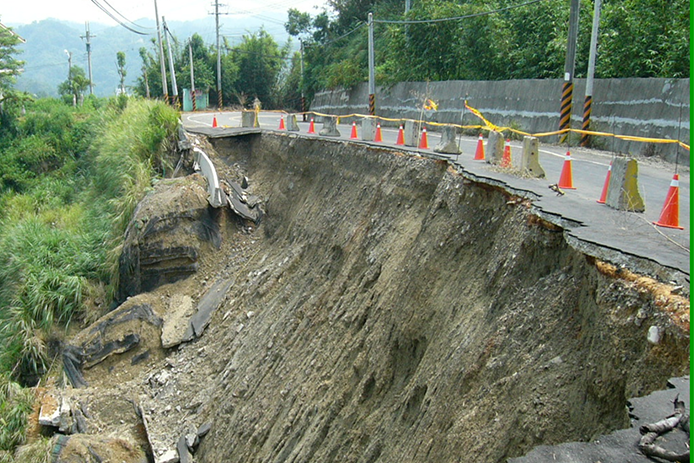
Figure 1 Failures of highway embankments and soil retaining walls
(Courtesy of Dr. N. Chou)
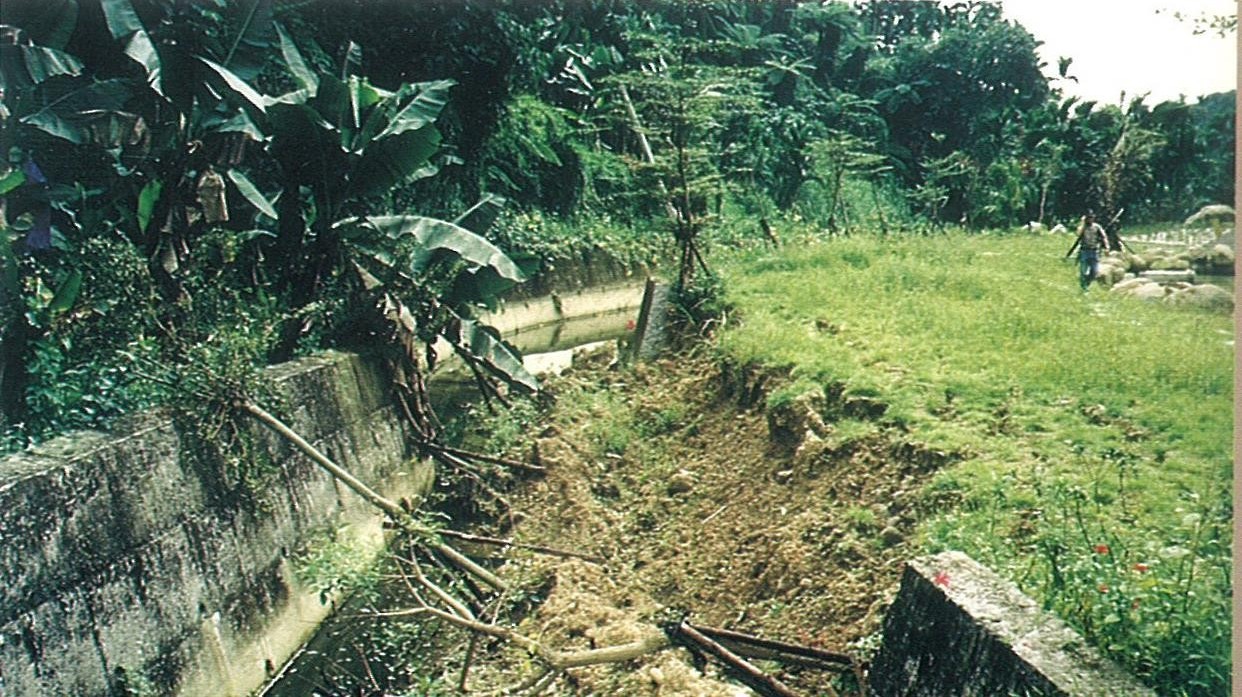
Figure 2 Failures of the side walls for stream channels

Figure 3 A view of collapsed geosynthetic-reinforced slope at National Chi-Nan University during 1999 Chi-Chi earthquake. (Courtesy of Dr. N. Chou)
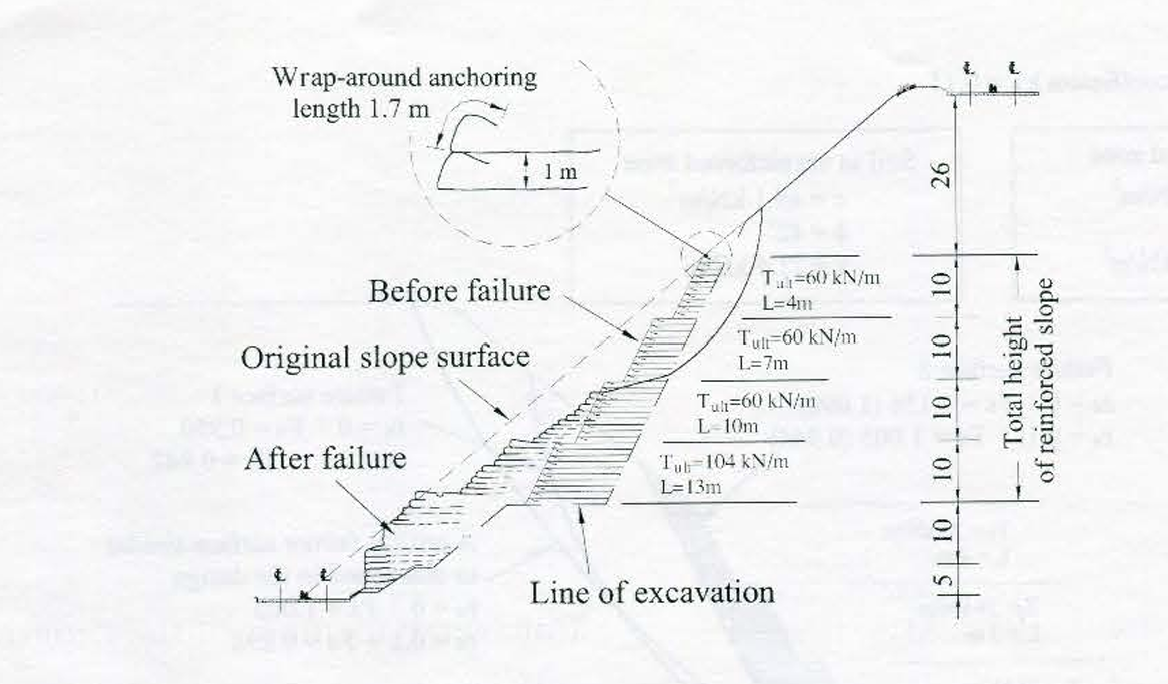
Figure 4 A cross section of the collapsed geosynthetic-reinforced slope at National Chi-Nan University during the 1999 Chi-Chi earthquake.

Figure 5 A collapsed geosynthetic-reinforced wall with a modular block facing.



